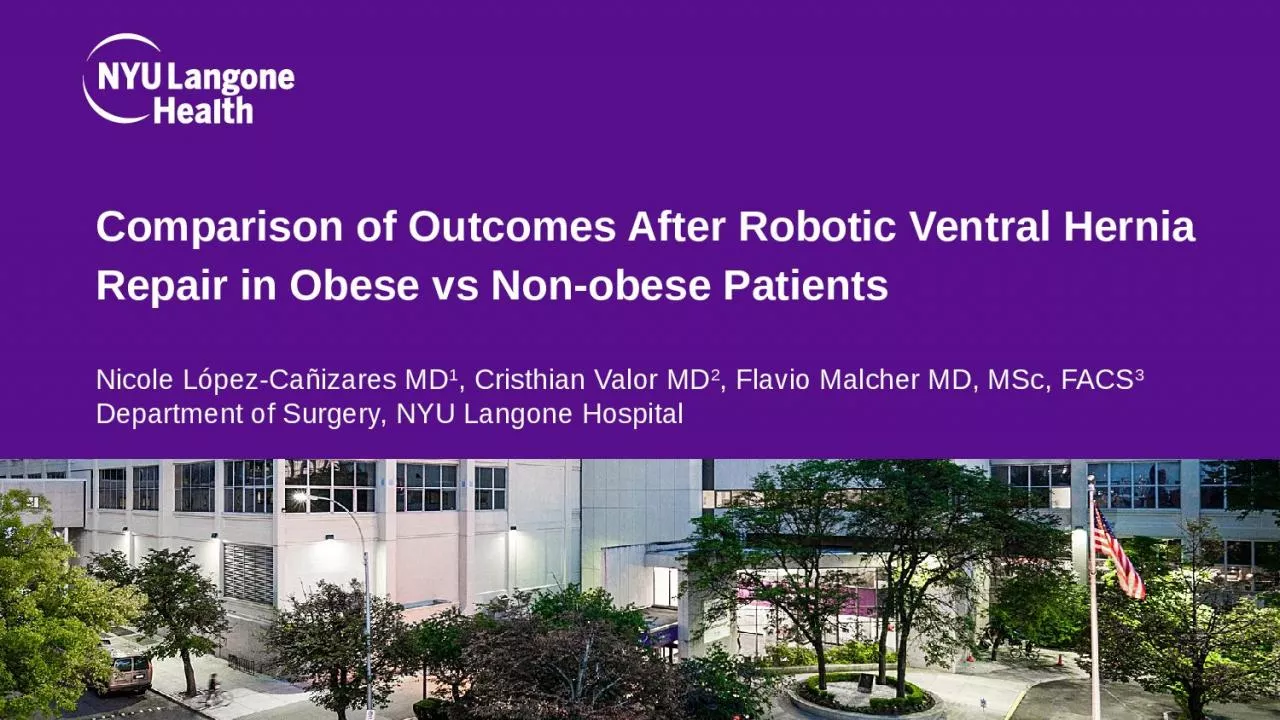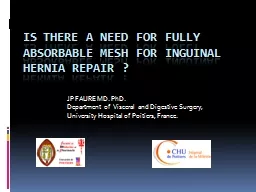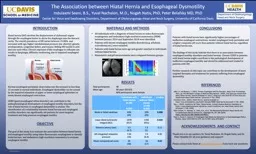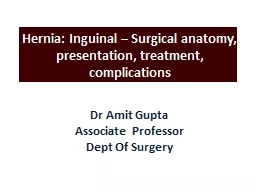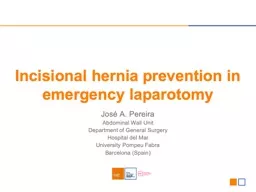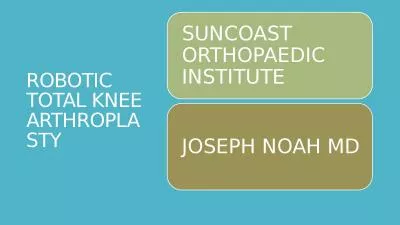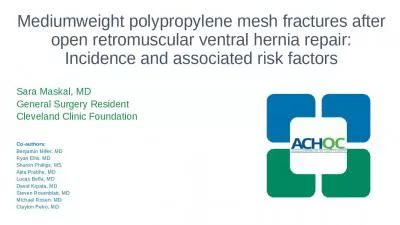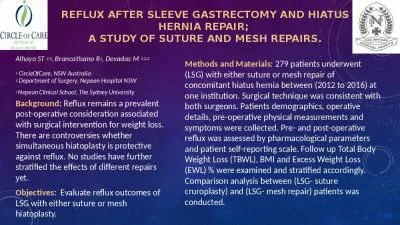PPT-Comparison of Outcomes After Robotic Ventral Hernia Repair in Obese vs Non-obese Patients
Author : ruby | Published Date : 2024-02-03
Nicole López Cañizares MD 1 Cristhian Valor MD 2 Flavio Malcher MD MSc FACS 3 Department of Surgery NYU Langone Hospital DISCLOSURES FM Intuitive BD Medtronic
Presentation Embed Code
Download Presentation
Download Presentation The PPT/PDF document "Comparison of Outcomes After Robotic Ven..." is the property of its rightful owner. Permission is granted to download and print the materials on this website for personal, non-commercial use only, and to display it on your personal computer provided you do not modify the materials and that you retain all copyright notices contained in the materials. By downloading content from our website, you accept the terms of this agreement.
Comparison of Outcomes After Robotic Ventral Hernia Repair in Obese vs Non-obese Patients: Transcript
Download Rules Of Document
"Comparison of Outcomes After Robotic Ventral Hernia Repair in Obese vs Non-obese Patients"The content belongs to its owner. You may download and print it for personal use, without modification, and keep all copyright notices. By downloading, you agree to these terms.
Related Documents

